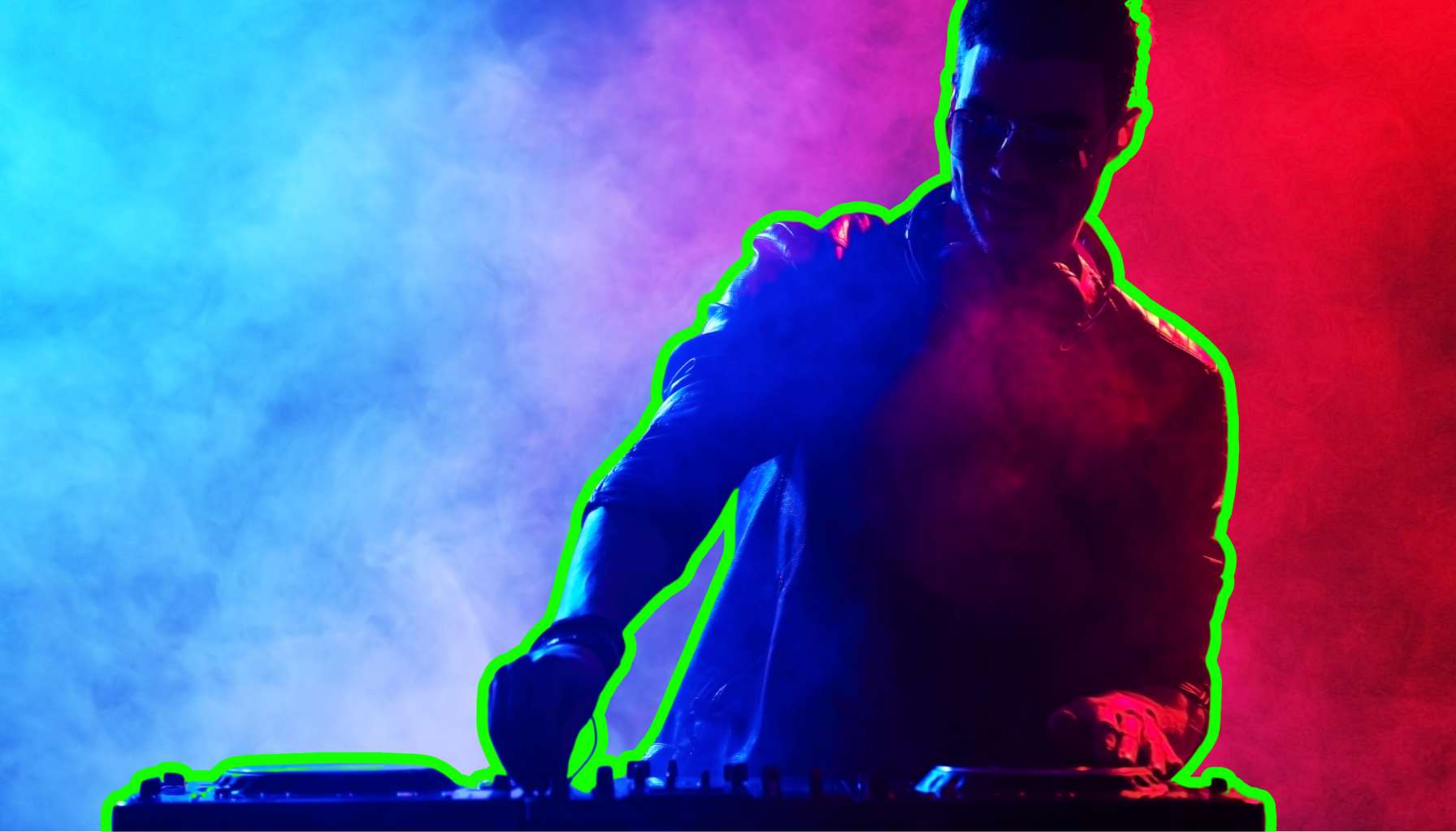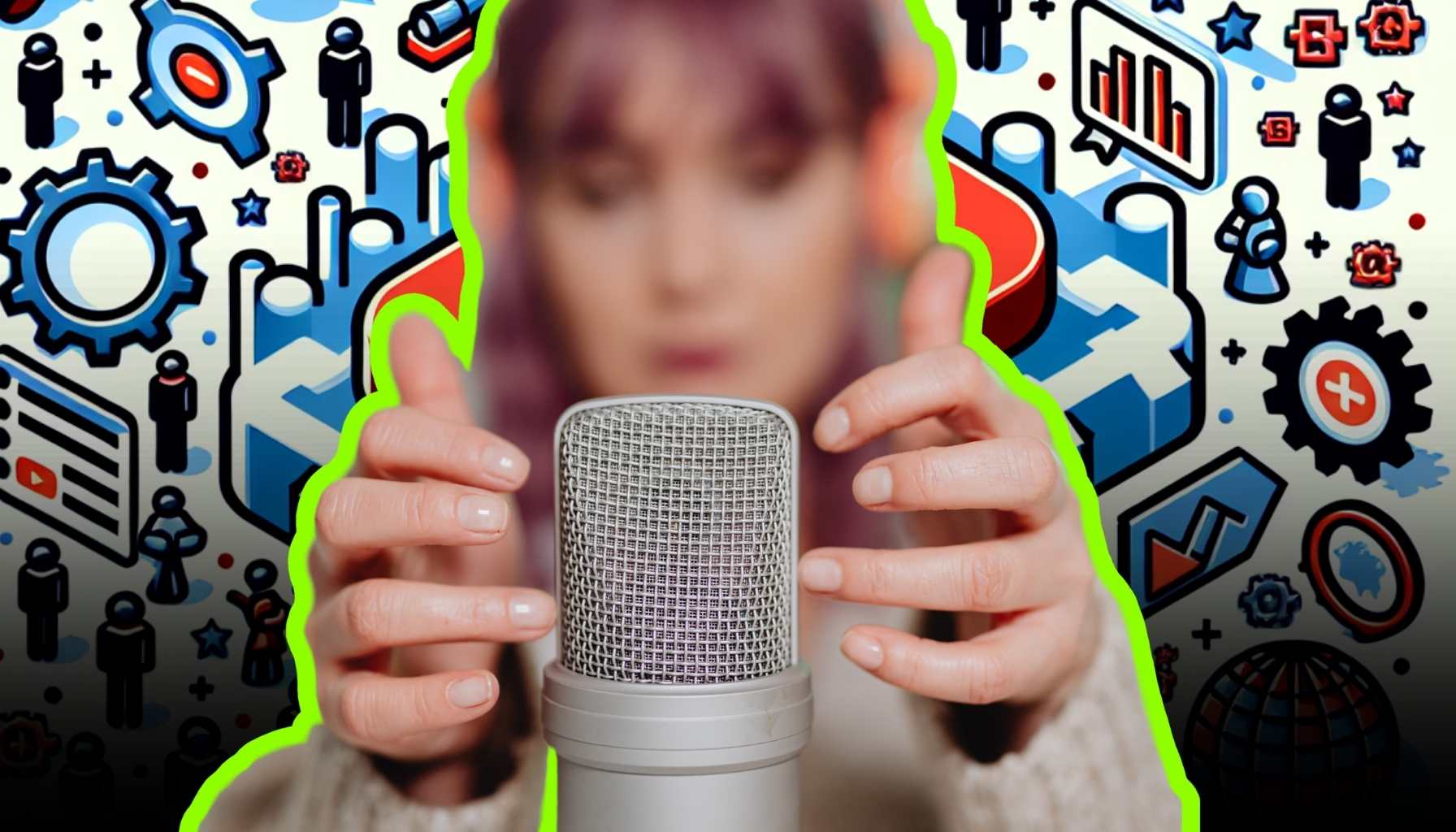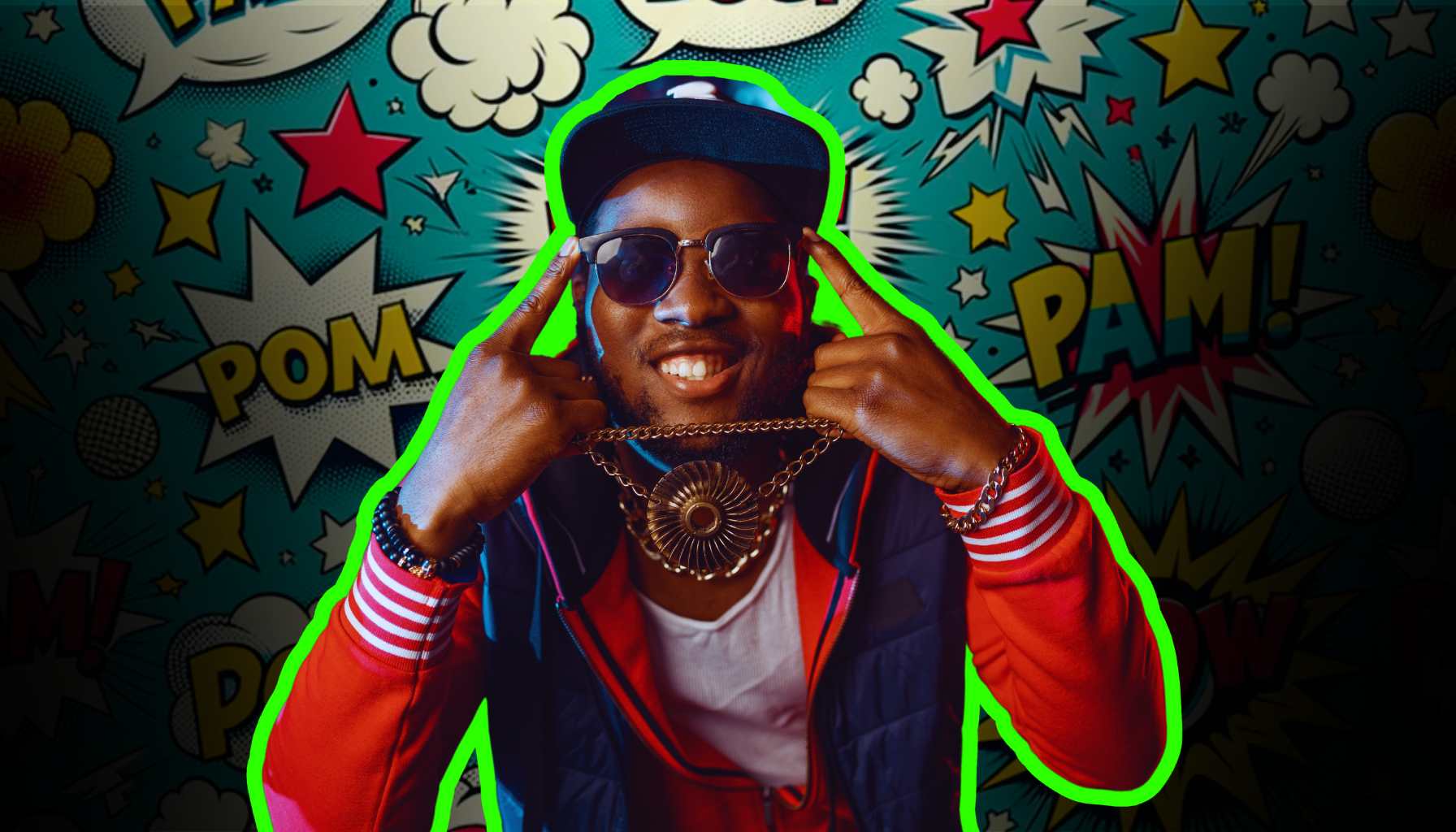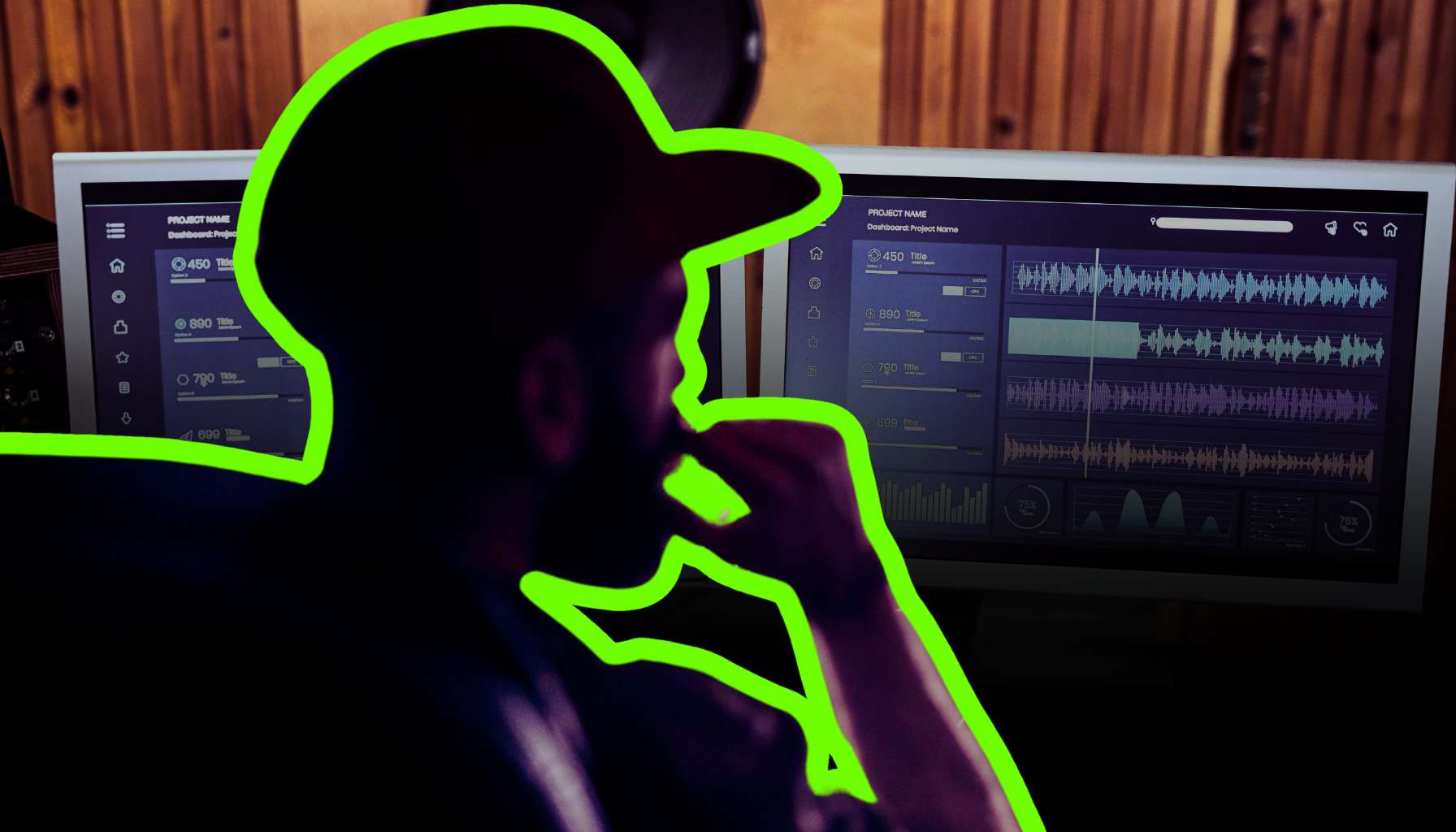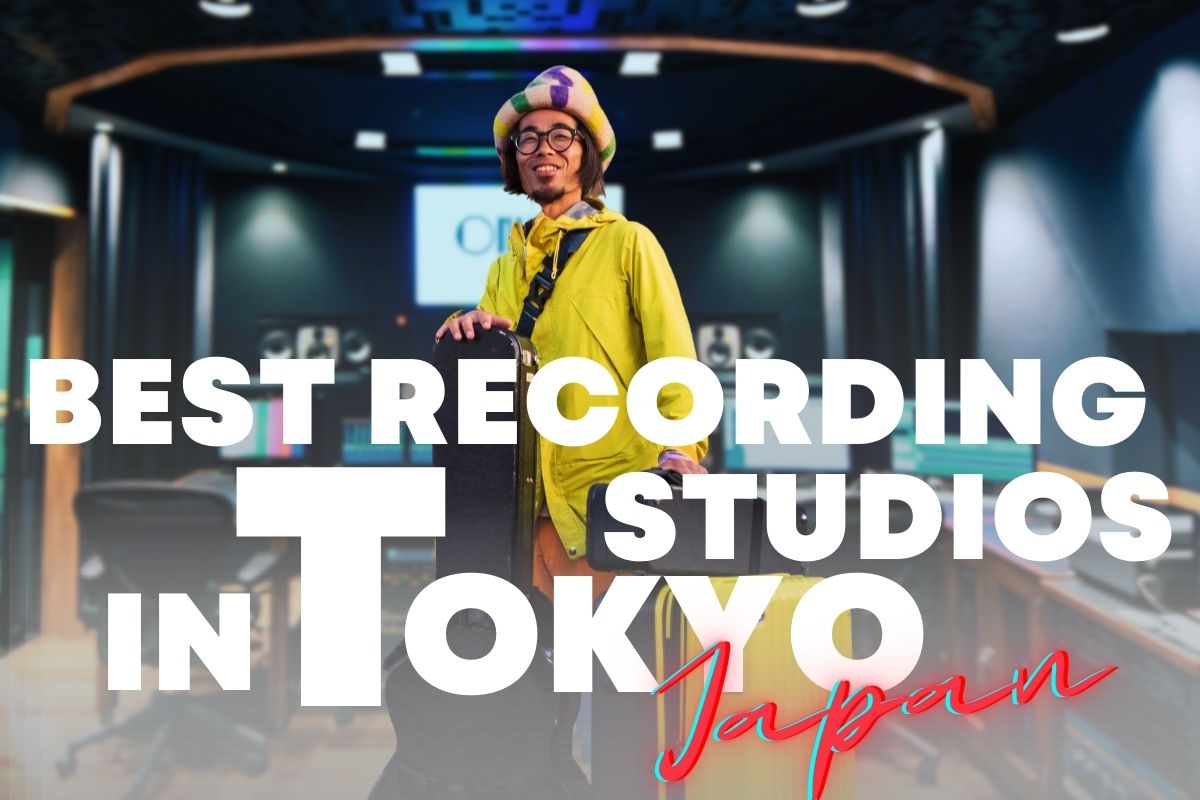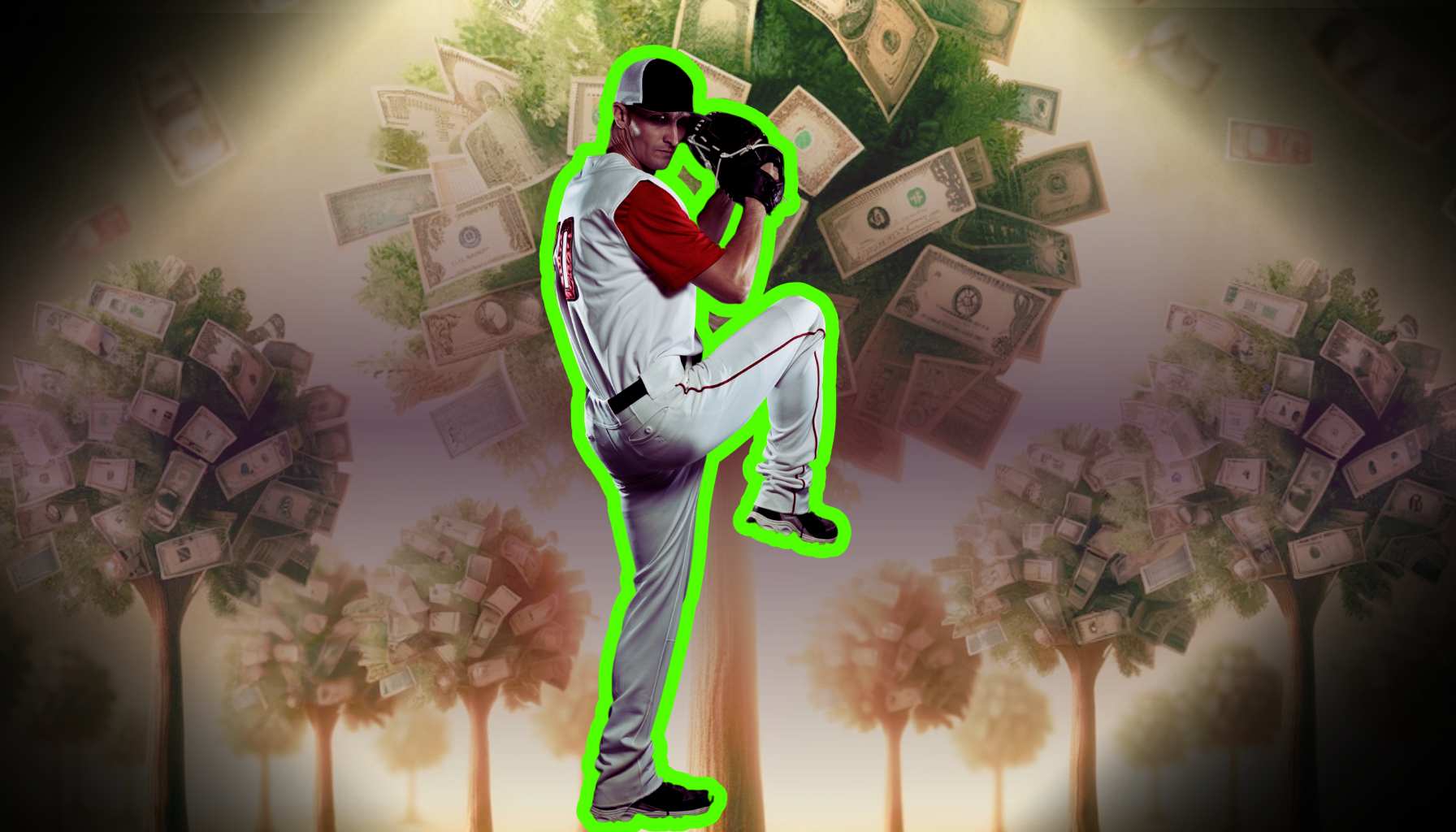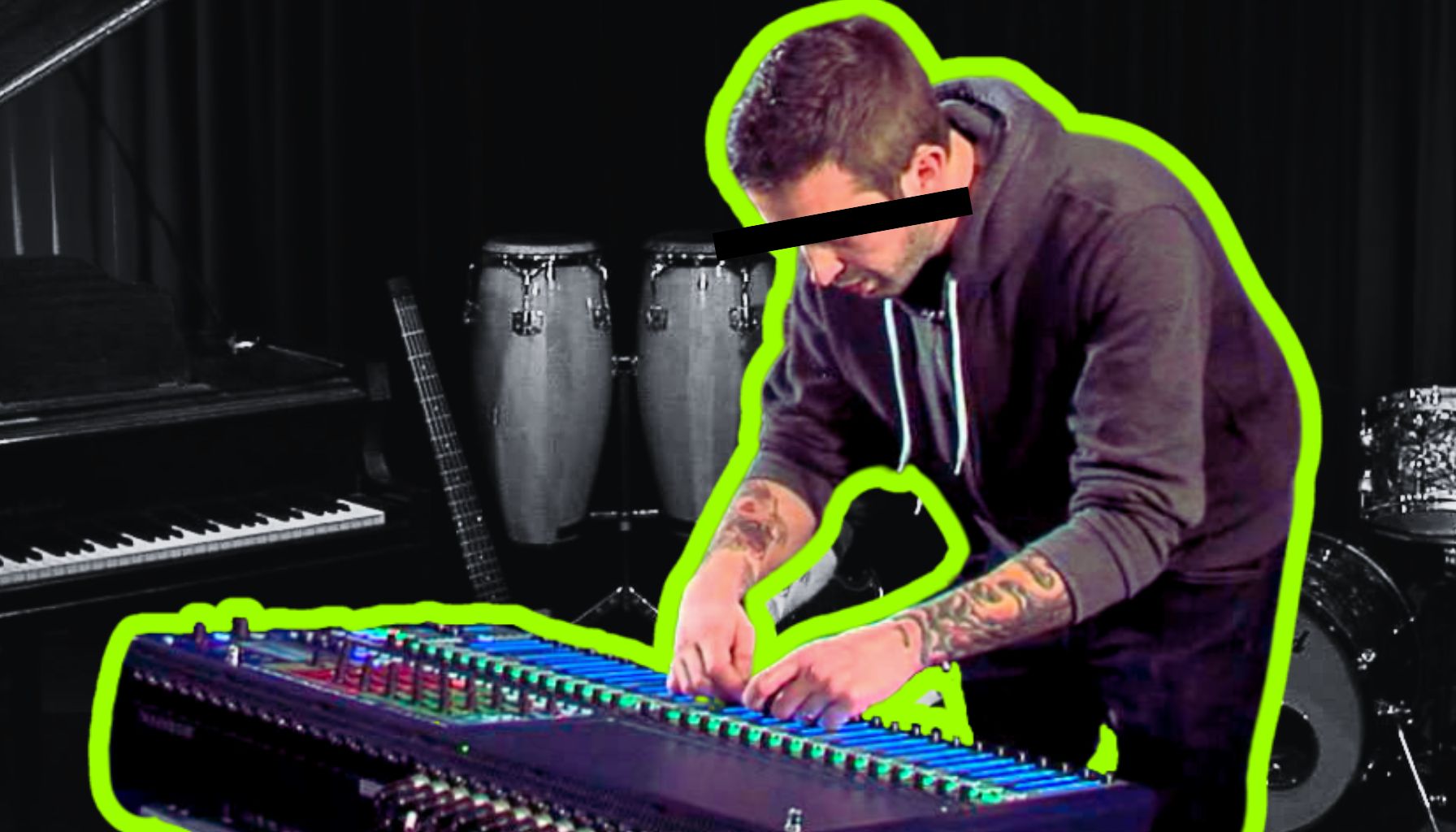The Challenges and Opportunities for Independent Artists
So, you’re an independent artist, and you’re looking to make waves in the vast ocean of the music industry. It’s a battlefield out there, with every musician vying for a slice of the spotlight. The competitive nature of the music industry is no joke; it’s a world where talent meets tenacity, and only the strongest survive.
But hey, before you start thinking it’s all doom and gloom, remember this: being independent also means you’re the boss. You’ve got the freedom to create without constraints, to zig when others zag, and to build a brand that’s authentically you.
The Advantages of Maintaining Independence
Independence in music isn’t just about going solo; it’s about having the power to call the shots. You’re not just a cog in the machine; you’re the one engineering your path to success. The advantages? Think creative control, the ability to experiment, and the sweet, sweet satisfaction of knowing your music is 100% your vision. Plus, in today’s digital age, you’ve got more tools at your disposal than a Swiss Army knife. From social media to streaming platforms, you’ve got the means to reach an audience that once required a major label’s muscle.
The Goal of Attracting Label Attention
But let’s face it, sometimes you want to level up, and that’s where attracting label attention comes in. Understanding what labels are looking for is key—it’s not just about having a killer sound, it’s about showing you’ve got the full package. They’re on the hunt for artists who are not just musicians but savvy marketers, social media maestros, and analytics aficionados. It’s a delicate dance, balancing the desire for creative control with the allure of industry support. Get it right, and you could be signing more than autographs—you could be signing a deal that catapults you to the next level.
So, whether you’re looking to stay fiercely independent or you’re eyeing the support of a label, remember: in the music biz, opportunities are like buses—there’s always another one coming. Keep honing your craft, keep your eyes on the prize, and who knows? You might just be the next indie artist to break the internet or the next big thing to grace the billboards. The choice, as always, is yours.
Creating a Polished Artist Profile
Picture this: you’ve got the tunes, the talent, and the tenacity. But in the digital age, if your online presence isn’t polished to perfection, you’re playing to an empty virtual room. Let’s face it, a killer artist profile is your digital handshake with the world, and first impressions count. So, what’s the secret sauce to standing out? High-quality recordings and music videos that don’t just sound good but look the part too. They’re your calling card, your portfolio, your chance to say, “Hey, world—get a load of this.”
Professional Music Portfolio
High-quality recordings of your best tracks are non-negotiable. They’re the bread and butter of your sonic identity, the proof in the pudding that you’re not just another bedroom artist—you’re a pro. And let’s not forget music videos. They’re not just eye candy; they’re storytelling tools that showcase your style and brand. They give your music a face, a story, and a vibe that sticks with fans long after the final note fades.
Electronic Press Kit (EPK)
Now, let’s talk about your EPK—your Electronic Press Kit. Think of it as your resume, your first date, and your elevator pitch all rolled into one. It’s what you send to label execs, booking agents, and that blogger who’s got the power to blast your name across the interwebs. An effective EPK includes your bio, photos, music, videos, press coverage, and contact info. But here’s the kicker: tailor it. Customize your EPK for label executives so it screams “I’m the one you’ve been searching for” without you having to sing a note.
So, grab your digital polish and get to work. A slick artist profile isn’t just about looking good; it’s about being taken seriously in a world where everyone’s a click away from discovering their next musical obsession. Make sure that when that click happens, it’s your sound that’s turning heads and moving hearts.
Building a Strong Online Presence
Let’s cut to the chase: in the digital realm, if you’re not seen, you’re as good as silent. For independent artists, building a strong online presence is like laying down a killer hook—it catches attention and keeps ’em coming back for more. But how do you turn digital whispers into a roar? It starts with an engaging website and social media strategy that’s as tight as your beats. This isn’t just about posting selfies with your cat—though Fluffy is adorable—it’s about creating a brand that resonates and engages your audience on a personal level.
Engaging Website and Social Media
Designing a user-friendly artist website is your first step to digital domination. It’s your music’s home base, where fans can dive deep into your world. Best practices for social media engagement? It’s simple: be authentic, be consistent, and for the love of vinyl, be engaging. Share your journey, celebrate your wins, and turn followers into a community. Remember, every like, share, and comment is a digital high-five from your fans.
Utilizing Music Streaming Platforms
But wait, there’s more. Your online presence would be incomplete without a nod to the streaming giants—Spotify, Apple Music, and their kin. Maximizing visibility on these platforms is about more than just uploading your tracks and calling it a day. It’s about curating playlists, understanding the algorithms, and using every tool at your disposal to ensure your music isn’t just heard, but heard by the right ears. It’s a game of musical chess, and you’re playing to win.
So, grab the digital bull by the horns and make your presence known. After all, in the world of music marketing, being invisible is not an option. It’s time to shine online and turn that buzz into a bass-heavy beat that no one can ignore.
Networking and Industry Connections
Alright, let’s talk turkey. You could have the voice of an angel and the beats of a demigod, but if you’re shouting into the void, does it make a sound? In the music biz, who you know can be just as crucial as what you know. Networking isn’t just schmoozing; it’s about forging genuine connections that can catapult your career from the garage to the Grammys. So, how do you turn handshakes into opportunities and business cards into collaborations? It’s all about hitting the right events and playing well with others.
Music Conferences and Workshops
Identifying valuable networking events is your first mission. Music conferences, workshops, and industry meetups are where the magic happens. They’re the watering holes where bigwigs and newcomers alike gather to sip on the latest trends and talk shop. Tips for effective networking? Come armed with your EPK, a firm handshake, and an elevator pitch that’s smoother than a jazz solo. Be the person everyone remembers—not because you wore a feather boa, but because your passion is infectious.
Collaborating with Other Musicians
Now, let’s riff on the benefits of collaborative projects. Jamming with other musicians isn’t just a blast; it’s a strategy. It’s about building relationships within the artist community that can lead to shared gigs, cross-promotion, and maybe even a viral hit. When you collaborate, you’re not just expanding your network; you’re multiplying your audience. Remember, a chord is stronger than a single note, and a community of artists can make more noise than a solo act ever could.
So, lace up those networking boots and get ready to mingle. Whether it’s sharing a demo at a music conference or laying down a track with a fellow artist, every connection is a potential stepping stone to success. In the end, it’s not just about promoting to labels; it’s about building a tribe that supports your ascent to the top of the charts.
Live Performance Strategy
Alright, imagine this: the stage is set, the crowd is hyped, and the spotlight is all yours. But getting to this moment, that’s where the real hustle lies. For independent artists, live performances are the bread and butter of your career. They’re your chance to connect, to impress, and to leave a mark so indelible, fans will be streaming your tracks before the echo of the last chord fades. So, how do you book gigs that pack a punch and capture footage that fuels your fire? Let’s dive into the mosh pit of live performance strategy.
Booking Gigs and Tours
Strategies for landing impactful shows start with knowing your scene. Are you a coffee shop acoustic vibe or a warehouse rave sensation? Tailor your pitch to venues that resonate with your style. Tour planning and logistics are the backbone of a successful gig marathon. It’s about routing your shows in a way that maximizes exposure while keeping you sane on the road. Remember, a well-planned tour is a well-played tour.
Capturing Live Performance Footage
But the gig’s only half the game. Using live shows to create engaging content is where the longevity lies. Capturing live performance footage isn’t just about recording a video; it’s about capturing the essence of your performance, the energy of the crowd, and that raw, unfiltered magic that happens when music meets its audience. Showcasing stage presence and audience interaction in your videos can turn a viewer into a fan, and a fan into a lifelong supporter.
So, what should you do? Well, for starters, hit those stages with all you’ve got, and make sure the world can relive every moment. Your live performance strategy isn’t just about playing music; it’s about creating experiences that resonate both on and off the stage. It’s showtime, and your next gig could be the one that changes everything.
Demonstrating Market Viability
So, you’ve got the talent, the tunes, and the tenacity. But in the eyes of the label big shots, you’re just another hopeful with a guitar and a dream. The question is, how do you prove you’re not just a one-hit wonder waiting to fizzle out? You need to show them you’re not just making waves, but you’re riding a tsunami of market viability. It’s time to talk fan bases and metrics, the bread and butter of your market appeal.
Fan Base Development
Let’s face it, your fan base is your army, and size does matter. But it’s not just about numbers; it’s about engagement. Methods for growing and engaging your fan base range from savvy social media strategies to old-school gigging. It’s about creating a community that’s as passionate about your music as you are. And when it comes to using fan data to demonstrate market potential, think of it as your secret weapon. This isn’t just about flaunting follower counts; it’s about showing labels that your fans are listening, sharing, and, most importantly, spending.
Sales and Streaming Metrics
Now, let’s crunch some numbers. Understanding and tracking key metrics like streaming data, download figures, and merchandise sales can be as thrilling as a guitar solo—if you know what to look for. Presenting data to show commercial success means translating those Spotify streams and Bandcamp sales into a story of growth and potential. It’s about painting a picture with stats that say, “I’m not just a musician; I’m a music phenomenon.”
So, roll up your sleeves and dive into the data. Show the labels that you’re not just another artist—they’re looking at the next chart-topper. With a fan base that’s more army than audience and metrics that scream “marketable,” you’re not just knocking on the industry’s door; you’re ready to kick it down.
Crafting the Perfect Pitch
So, you’ve got a sound so fresh it makes lettuce look stale, but how do you get those label honchos to take a bite? You craft the perfect pitch. It’s not just about slinging your demo to every exec with an email address; it’s about precision, timing, and a little bit of swagger. Let’s break down how to make your music irresistible to the gatekeepers of the industry.
Researching Potential Labels
First things first, you’ve got to know where you’re aiming. Identifying labels that align with your music is like picking the right stage for your sound. Do your homework. Understand a label’s roster and success stories to ensure your music complements their brand. This isn’t just about finding a home for your tunes; it’s about finding a launchpad for your career.
Pitching Your Music
Now, let’s talk about the pitch itself. Writing compelling and concise pitch letters is an art form. You want to be the Hemingway of email, getting to the point with style and substance. No fluff, no filler – just a hook that’ll make them hit play. And when it comes to timing and follow-up etiquette, think of it as dating. You don’t want to come on too strong, but you can’t play hard to get. Strike that perfect balance between eager and cool, and you might just find your music-making sweet music with a label.
Remember, a pitch is more than a cold call; it’s your opening act. Make it count, and the main stage – that sweet record deal – might just be your next stop.
Utilizing Music Distribution Services
Alright, let’s cut to the chase. You’ve got killer tracks hotter than a summer barbecue, but if they’re sitting on your hard drive, you’re serving up a whole lot of silence. Enter music distribution services, the digital waiters serving your sonic feast to the world. This isn’t just about uploading tunes and calling it a day; it’s about strategically selecting platforms that amplify your reach and fatten your wallet.
The Role of Distribution in Label Promotion
Think of distribution platforms as your music’s passport to global exposure. They’re the jet fuel behind your tracks, propelling them onto playlists, into earbuds, and through speakers across the globe. How do they enhance visibility? By placing your music on the digital shelves of the biggest stores and streaming services out there. It’s about being everywhere at once, without cloning yourself or breaking the space-time continuum.
Selecting the Right Distribution Service for Your Needs
But hold your horses, because not all distribution services are created equal. Selecting the right one is like picking the right guitar pick – it’s got to feel right and fit your style. Consider their reach, their royalty cut, and their reputation. Do they pitch to playlists? Can they get you on that coveted ‘New Releases’ section? It’s about partnering with a service that doesn’t just distribute your music but elevates it.
Monetizing Your Music
Now, let’s talk turkey – or rather, royalties. Exploring revenue streams available through distributors is key to turning your tunes into tangible cash. We’re talking download sales, streaming royalties, and sync licensing deals. Understanding royalty collection and rights management is as crucial as knowing your chords. You want to make sure you’re squeezing every penny out of your music, right down to the last drop.
So, there you have it. Distribution services are your ticket to the big leagues, your music’s boarding pass to worldwide recognition. Choose wisely, monetize shrewdly, and watch as your tracks take flight. Who knows, with the right distribution strategy, you might just land in the inbox of a label exec ready to make you the next big thing.
Protecting Your Work and Rights
Let’s talk about your music and the legal armor it needs. Because let’s be honest, in the digital age, your tunes can spread faster than gossip in a small town. But without the right protection, you might as well be throwing your songs into a black hole of piracy. It’s time to get savvy about copyrights and trademarks, and here’s the lowdown on locking down your creations.
Copyrights and Trademarks
First up, copyrights. They’re like a personal bodyguard for your music, keeping sticky fingers at bay. The moment your melody hits a tangible medium, boom, it’s copyrighted. But don’t rest on your laurels; register that bad boy. It’s the difference between a handshake and a contract. As for trademarks, they’re the VIP pass for your band’s name and logo. It’s about branding, baby. Make sure your band’s name isn’t already taken, or you might find yourself in a legal mosh pit.
Understanding Music Licensing
Now, let’s switch gears to music licensing. This is where things get juicy. Licensing your music is like renting out your car – you get paid while someone else takes it for a spin. Whether it’s a TV show, a commercial, or a film, your music can live multiple lives across various media. And here’s the kicker: it can catch the ear of a label scout looking for the next big hit. So, dive into the licensing pool – the water’s fine, and the checks can be even finer.
Remember, protecting your work isn’t just about keeping it safe; it’s about keeping it profitable. With your legal ducks in a row, you can pitch to labels with confidence, knowing your music is ready for the big leagues – locked, loaded, and legally bulletproof.
Measuring Progress and Adjusting Tactics
Alright, let’s get down to brass tacks. You’re in the music game, and it’s not just about strumming chords and writing lyrics—it’s about hitting those career milestones like a pro. But how do you know if you’re on the right track? You measure, that’s how. And not just with a ruler and a piece of string, but with clear, actionable metrics that show you’re making sweet, sweet progress.
Setting Achievable Milestones
Setting goals is like setting up a gig: you need to know the venue’s size, the crowd you’re expecting, and what success looks like. Define what ‘making it’ means to you. Is it a certain number of streams? Gigs booked? Followers on social media? Whatever it is, make it realistic. Dream big, but start small. It’s about laying down a track to your dreams, one sleeper at a time.
Benchmarking Success and Recognizing Growth
Now, let’s talk about keeping score. You’ve got your goals, so how do you know you’re hitting them? You track everything. Streams, sales, shares, likes, retweets, you name it. This isn’t just number crunching; it’s gold mining. You’re looking for the nuggets of data that show you’re on the right path. And when you find them, celebrate. Pop the cork, do a dance, and then get back to work.
Adapting to Feedback and Industry Shifts
Here’s the kicker: the music industry is about as stable as a three-legged chair. Trends change, platforms evolve, and what worked yesterday might be old news today. So, you’ve got to be nimble, like a cat on a hot tin roof. Use feedback, both the cheers and the boos, to refine your act. Keep an ear to the ground for the latest industry shifts and pivot like you’re dancing the tango. Stay fresh, stay relevant, and keep pushing forward.
In the end, promoting to labels is a marathon, not a sprint. Measure your progress, adjust your tactics, and remember: the only way to fail is to stop running. So lace up those shoes, indie artists, and let’s hit the pavement. The finish line is out there, and it’s waiting for you to cross it.


